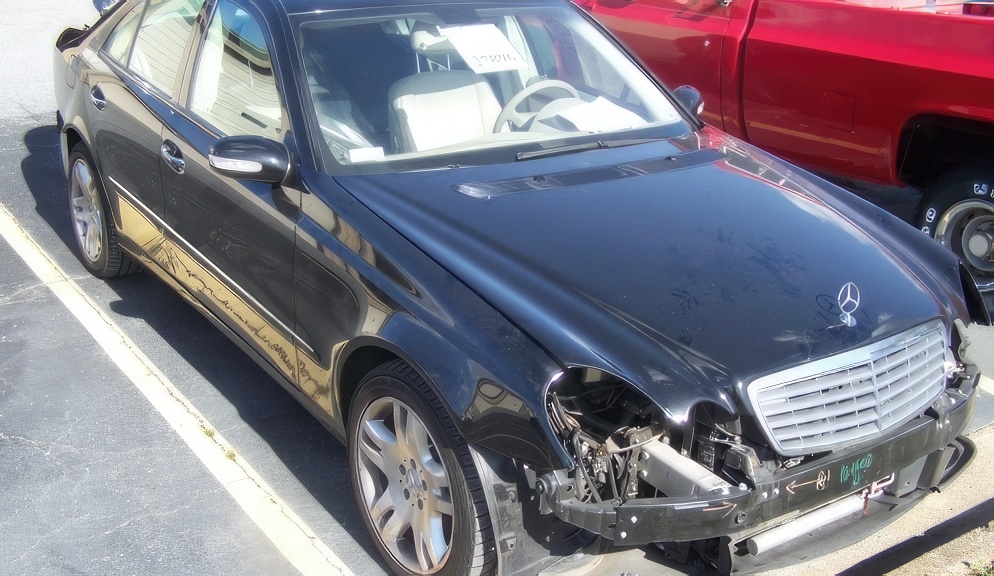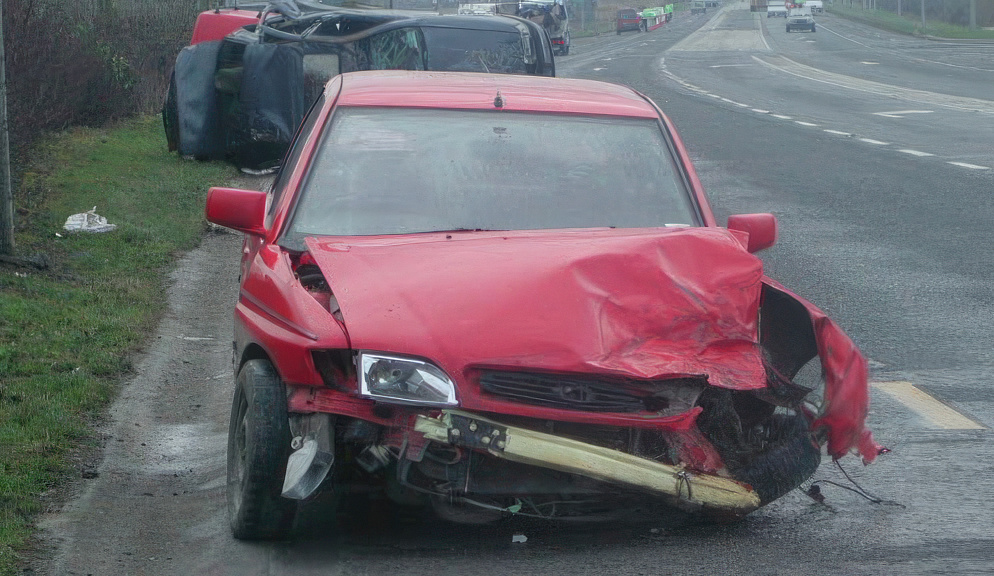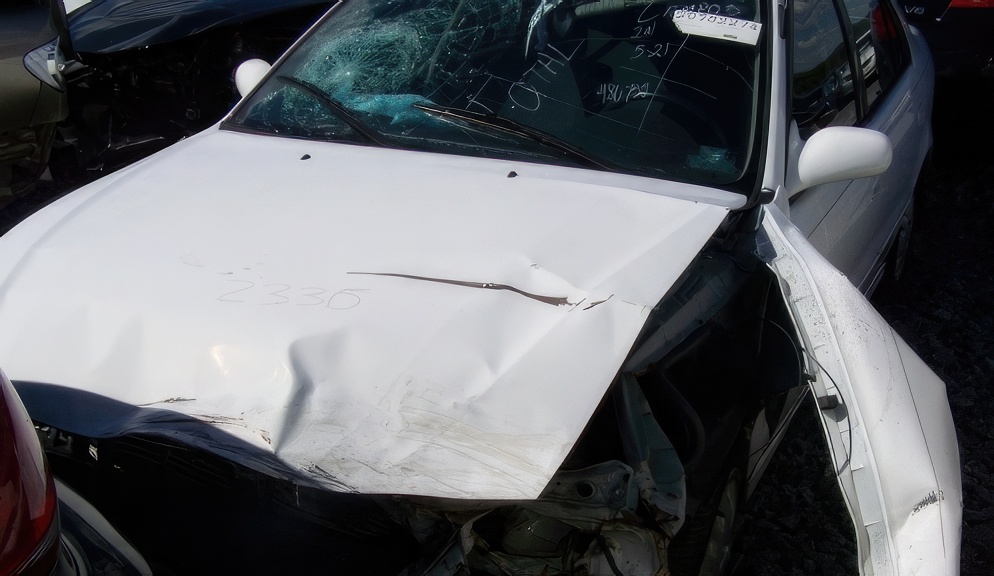Understanding Diminished Value Calculation Methods

Understanding the concept of diminished value is crucial for anyone who owns a vehicle. It’s a term used in the automotive industry to describe the loss in resale value a vehicle experiences after being involved in an accident or suffering some form of damage. Even after repairs, a car’s market value is often significantly lower than it would have been had the accident never occurred. This depreciation is termed as “diminished value,” and understanding how it’s calculated can be crucial for insurance claims and resale purposes.
The calculation of diminished value is often seen as a complex process, with various factors playing a role in determining the extent of depreciation. The model of the car, the extent of damage, the quality of repairs, and the overall market demand for the vehicle are some of the parameters that are considered. Each of these elements can significantly impact the post-accident valuation of the car, and thus, the diminished value. There are several methods and formulas used by professionals to calculate diminished value, and having a basic understanding of these can be beneficial for vehicle owners.
One common scenario where understanding diminished value is essential is during insurance claims following an accident. Insurance companies often have their own methods of calculating diminished value, which may not always align with the actual depreciation experienced. Having a solid grasp of diminished value and how it’s calculated can equip vehicle owners with the knowledge needed to negotiate more favorable claim settlements. Moreover, it’s often a wise decision to seek professional appraisals to ensure a fair assessment of the diminished value.
Additionally, diminished value plays a significant role when attempting to sell a vehicle that has been involved in an accident. Potential buyers are likely to offer less for a vehicle with an accident history, irrespective of the quality of repairs done. Being well-informed about the diminished value of your car, and the factors that contribute to it, can help in setting a realistic selling price and negotiating a fair deal.
The following sections delve deeper into the various methods of calculating diminished value assessment, common pitfalls to avoid, and real-world examples to provide a comprehensive understanding of this important concept.
What is the Average Amount for Diminished Value Claim?
Discussing the monetary facets of a diminished value claim invariably leads to inquiries about the average sum associated with such claims. This particular aspect can pique the interest of individuals who have recently experienced a vehicular accident and are contemplating the pursuit of a diminished value claim. The curiosity stems from a desire to gauge the financial recovery that might be possible, providing a clearer picture of whether the endeavor is worthwhile.
The average sum linked to a diminished value claim can exhibit a wide range, which is inherently tied to the specifics of the vehicle and the accident in question. For instance, a high-end luxury vehicle might garner a more substantial claim compared to a decade-old economy car. Moreover, the geographic location could play a part as well, with some regions having a higher propensity for larger claims based on local market conditions and legal frameworks.
While the allure of a generalized average figure is understandable, the reality is that each diminished value claim embodies a unique set of circumstances. The variation in claim amounts accentuates the necessity for a tailored approach when pursuing a diminished value claim. Engaging in a meticulous analysis of the vehicle’s post-accident condition, coupled with an understanding of the local market dynamics, can provide a more precise estimation, which in turn could influence the expectations regarding the average claim amount.
In summary, while a generic average figure for diminished value claims can be elusive, obtaining a personalized assessment tailored to the individual case is a pragmatic approach. This approach not only provides a more accurate insight into the potential claim amount but also equips individuals with the knowledge necessary to navigate the nuanced pathway of pursuing a diminished value claim. Through a combination of professional appraisal and a thorough understanding of the local market and legal landscape, individuals can better position themselves in their quest for a fair and justified claim.
A Comparative Study: Different Methods of Diminished Value Calculation:
The 17C Formula has its roots in a legal case in Georgia, which over time has evolved into a common method for calculating diminished value across various states. This formula offers a simplified approach towards understanding diminished value, making it a popular choice, especially among individuals new to the concept of diminished value.
At its core, the 17C Formula operates by a three-step process. Initially, it caps the diminished value at 10% of the car’s pre-accident fair market value. Following this, it applies a damage modifier, which ranges between 0 and 1, depending on the extent of the damage; the higher the damage, the higher the modifier. Lastly, it integrates a mileage modifier, adjusting the diminished value based on the vehicle’s mileage.
Critics often argue that the 17C Formula often falls short of capturing the true diminished value. The initial cap of 10% is seen as arbitrary and not reflective of the actual market conditions. Moreover, the formula does not account for other crucial factors such as the vehicle’s age, condition, or the market demand, which significantly impact the vehicle’s value post-accident.
Despite its shortcomings, the 17C Formula continues to be used due to its simplicity and the precedent set in the legal domain. It provides a quick, albeit rough, estimate of the diminished value, which can be particularly useful for individuals who are new to the concept of diminished value.
The Local Market Survey method for assessing diminished value is a more grounded approach compared to formula-based calculations like the 17C Formula. By analyzing comparable vehicles’ prices within the local market—both pre and post-accident—a more precise diminished value can be ascertained. This method reflects the actual market dynamics and the genuine impact an accident has on a vehicle’s value.
A Local Market Survey begins by identifying comparable vehicles within the local market. These are vehicles of the same make, model, year, and similar mileage and condition as the subject vehicle. Gathering data on these comparable vehicles both before and after an accident provides a realistic baseline to determine the subject vehicle’s diminished value.
The intricacies of the Local Market Survey method require a more detailed understanding of the local automotive market. Professionals with experience in the local market can discern the subtle factors that may affect a vehicle’s value, such as seasonal demand fluctuations or the reputation of certain repair shops.
While more demanding in terms of time and expertise, the Local Market Survey method often pays off by yielding a more accurate diminished value, which can be crucial during insurance negotiations. It bridges the gap between theoretical calculations and real-world market conditions, ensuring a fair and realistic assessment of a vehicle’s diminished value.
Engaging professional appraisers for a detailed report can provide a more accurate picture of the diminished value. Professional appraisers bring to the table a wealth of knowledge, expertise, and an objective lens through which the diminished value of a vehicle post-accident can be accurately assessed.
The process of a professional appraisal begins with a thorough examination of the vehicle in question. This includes not just assessing the damage caused by the accident but also evaluating the overall condition of the vehicle, its repair history, and other intrinsic factors like its make, model, age, and mileage.
Additionally, professional appraisers often have access to advanced tools and databases which help in comparing the subject vehicle to similar vehicles in the market, thereby arriving at a more precise estimation of its diminished value.
While it may entail higher upfront costs compared to other methods, the accuracy and credibility of a professional appraisal often translate to a more favorable outcome in diminished value claims. In the complex landscape of diminished value, having a professional appraiser by your side is akin to having a seasoned guide, illuminating the path towards a rightful claim and ensuring the vehicle’s true value is recognized and compensated.
Common Pitfalls in Diminished Value Calculation: What to Avoid
- Over-Reliance on Formulae:
- A common pitfall in diminished value calculation is over-relying on formulae like the 17C Formula. While these formulae provide a simplified approach, they often overlook crucial factors such as the vehicle’s age, condition, and market demand which are essential in determining the accurate diminished value.
- Ignoring Local Market Conditions:
- Ignoring local market conditions can lead to inaccurate diminished value assessments. The value of vehicles can vary significantly from one market to another due to varying demand and supply dynamics. It’s crucial to consider the local market conditions where the vehicle is being sold to obtain a more accurate diminished value.
- Inadequate Documentation:
- Lack of adequate documentation can also jeopardize the accuracy of a diminished value claim. Proper documentation such as repair bills, photographs of the damage, and a thorough diminished value assessment report from a reputable source are crucial for substantiating your claim.
- Failure to Consult Professionals:
- Not consulting with professional appraisers or individuals with expertise in the local automotive market can be detrimental. Professionals bring a nuanced understanding and experience that can significantly enhance the accuracy of the diminished value calculation, and help in navigating the negotiation process with insurance companies.
What is the Formula for Diminished Value Claim?
17C Formula Insight:
The formula for calculating diminished value is often referred to as the 17C Formula. It begins by capping the diminished value at 10% of the vehicle’s pre-accident fair market value. This is followed by applying a damage modifier and a mileage modifier to adjust the diminished value based on the extent of damage and the vehicle’s mileage respectively.
Formula Limitations:
However, this formula has its limitations as it doesn’t take into account other crucial factors such as the vehicle’s age, condition, and market demand, which can significantly affect the diminished value.
Alternative Formulas:
There are alternative formulas and methods which can be used to calculate diminished value. These might include professional appraisals and local market surveys which delve deeper into real-world market conditions to provide a more accurate estimation of diminished value.
Importance of Accurate Calculation:
Obtaining an accurate diminished value calculation is crucial as it forms the basis for negotiations with insurance companies. A miscalculation could lead to receiving less compensation than what is rightfully deserved, highlighting the importance of understanding the formula and considering alternative methods of calculation.
How Much Value Does a Car Lose After Being in an Accident?
Immediate Depreciation: Once a car is involved in an accident, its value depreciates instantly. This is because the car now has a history of damage, which will be reported in vehicle history reports.
Even if the car is repaired back to its original condition, the fact that it was involved in an accident can’t be erased from its history. This accident history is a red flag for potential buyers, which leads to immediate depreciation.
The extent of depreciation can vary based on the severity of the accident. Minor accidents may result in less depreciation compared to major accidents where significant repairs were necessary.
Immediate depreciation is a harsh reality that car owners must face, and understanding this concept is crucial for anyone looking to sell or trade-in their car post-accident.
Factors Affecting Value Loss:
Various factors contribute to the degree of value loss a car experiences post-accident. The extent of the damage is a major factor; vehicles with extensive damage will suffer a greater loss in value compared to those with minor damage.
The quality of repairs also plays a significant role. High-quality repairs that restore the vehicle to near its original condition can mitigate the loss in value to some extent.
The make and model of the car can also impact value loss. Luxury cars or highly desirable models may retain more of their value compared to less desirable or older models.
Additionally, the age and mileage of the car at the time of the accident can significantly impact the amount of value loss.
Percentage of Value Loss:
The percentage of value loss can vary widely based on a combination of the factors mentioned above. On average, cars can lose anywhere between 15% to 50% of their value after being involved in an accident.
The higher end of that range typically applies to vehicles that have been involved in severe accidents or have undergone extensive repairs.
On the other hand, cars involved in minor accidents with minimal damage may see a lesser degree of value loss.
Understanding the percentage of value loss is crucial for setting realistic expectations regarding the car’s current market value post-accident.
Importance of Accurate Assessment:
Obtaining an accurate assessment of how much value a car has lost post-accident is essential for several reasons. It forms the basis for insurance claims for diminished value.
An accurate assessment can also provide a realistic basis for setting a selling price if the owner decides to sell the car post-accident.
Furthermore, an accurate assessment educates the car owner on the financial impact of the accident, which can be crucial for making informed decisions moving forward.
The process of getting an accurate assessment usually involves consulting with professional appraisers or using reliable online tools that provide an estimation of the car’s current value considering the accident history.





